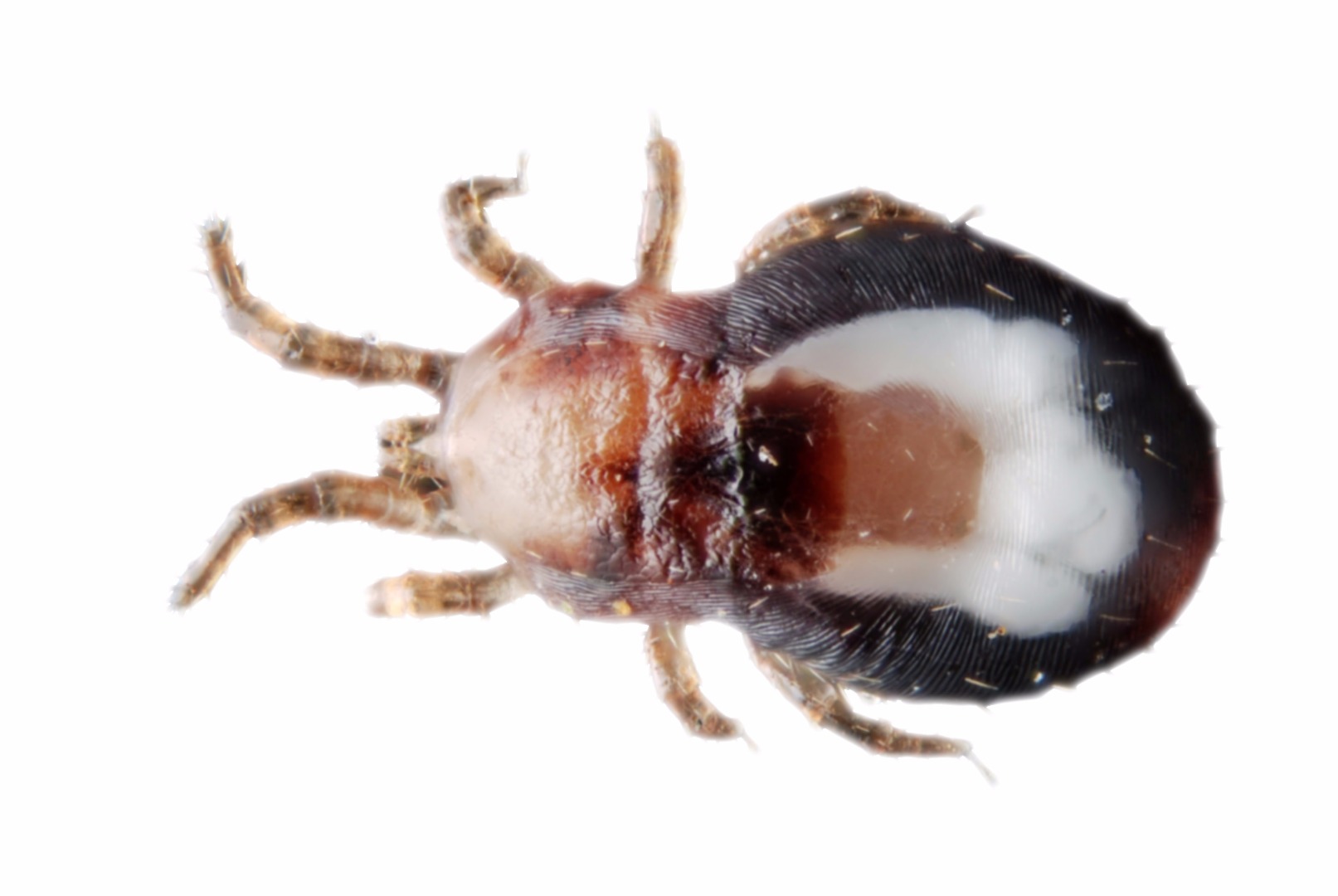Red poultry mite
(Dermanyssus gallinae)
The red poultry mite is commonly found in wild bird nests, chicken houses and occasionally domestic premises. As ectoparisitic pests, they often hide in cracks and crevices, before emerging at night in search of a blood meal. Whilst they can bite humans, causing skin lesions and irritation, they are most damaging to poultry production. An infestation of red poultry mites can damage the health of chickens and lower egg production. This is especially problematic as, with a life cycle of only 7 days, a population of red poultry mites can increase quickly.
Life cycle:
Incomplete metamorphosis
| Egg | The red poultry mite prefers to lay eggs in dark locations within close proximity to its blood meal, such as in cracks or crevices in chicken houses. Once laid, eggs will hatch in just 1-2 days. |
| Larva | The larva hatches from the egg and goes through only two moults. At this stage in the life cycle, the six-legged nymph does not require feeding. |
| Nymph | The nymphs develop 2 extra legs and require feeding on blood to go through two moults. |
| Adults | With ‘wrinkled’ and toughened skin, this mite measures only 0.7 mm. Its colour varies depending upon how well-fed the mite is – ranging from pale-white to dark-red hues. Highly resilient, this pest can survive months, or even years, without a blood meal. |
Habitat
The red poultry mite can usually be found through Europe and North America, often in the nests of wild birds or in chicken houses, which offer a plentiful supply of food and an accommodating temperate climate – conditions that make these areas high risk for infestation.
Recommended Products
Click icons for more information
References
BPCA (2015) The British Pest Manual: A reference manual for the management of environmental health pests and pests of the food industry, 2015 edn., Derby: BPCA.
Daniels, T. (2008) Red Mites [Online] Available at: https://poultrykeeper.com/red-mite/red-mites/ (Accessed: 20/2/2017).



